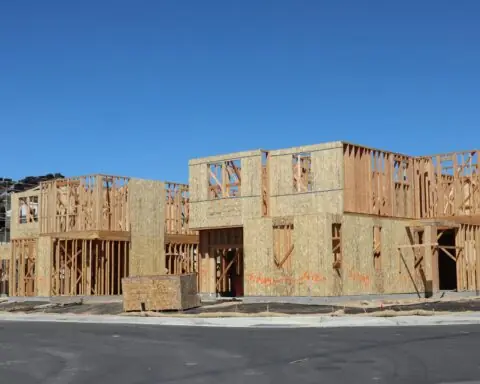This story was originally published in the Government Contracting Pipeline newsletter from Strategic Partnerships, Inc. To have the latest government contracting news stories from across the country delivered straight to your inbox, click here to subscribe.
An Arizona energy company will invest $181.4 million to modernize the energy grid to enhance resiliency and protect communities statewide from wildfires.
As the threat of wildfires grows due to climate change and dry conditions, Arizona will inject $121.2 million into a wildfire mitigation project to protect communities and electrical infrastructure from damage. The statewide effort emphasizes upgrading technologies, microgrids and communication to monitor and manage fire risk.
The company will install a network of wildfire prevention devices to effectively manage power distribution in anticipation of and during wildfire events. Plans include deploying 226 remote-controlled reclosers and 8,000 expulsion-limiting fuses to make real-time adjustments and precise power shutoffs. The network will help prevent sparks from damaging fuse operations and accelerating wildfires.
The project will also deploy 300 weather stations and 300 cameras equipped with fire-modeling software. These technologies will compile real-time data on weather conditions and fire risks, enabling monitors to predict fire spread, proactively harden the grid and make informed improvements to safety measures in advance. The company will also build microgrids in two vulnerable communities to provide reliable power during outages.
The remaining $60.2 million will go toward modernizing the state’s grid infrastructure to better address energy demands, adopt clean energy technologies and combat climate change. A major component of the project will involve installing 900 new or upgraded field devices to provide real-time data on grid capacity. Plans also include deploying additional technologies to broaden energy infrastructure visibility, including:
- Fault location, isolation and system restoration (FLISR).
- Volt/var optimization (VVO).
- Dynamic line rating (DLR).
The upgrades are expected to increase the amount of load that transmission lines can handle. By extension, the grid will become more reliable, capable of handling demand and capacity response efficacy, suited to use renewable energy sources and capable of managing assets
Image by -Rita-👩🍳 und 📷 mit ❤ from Pixabay













